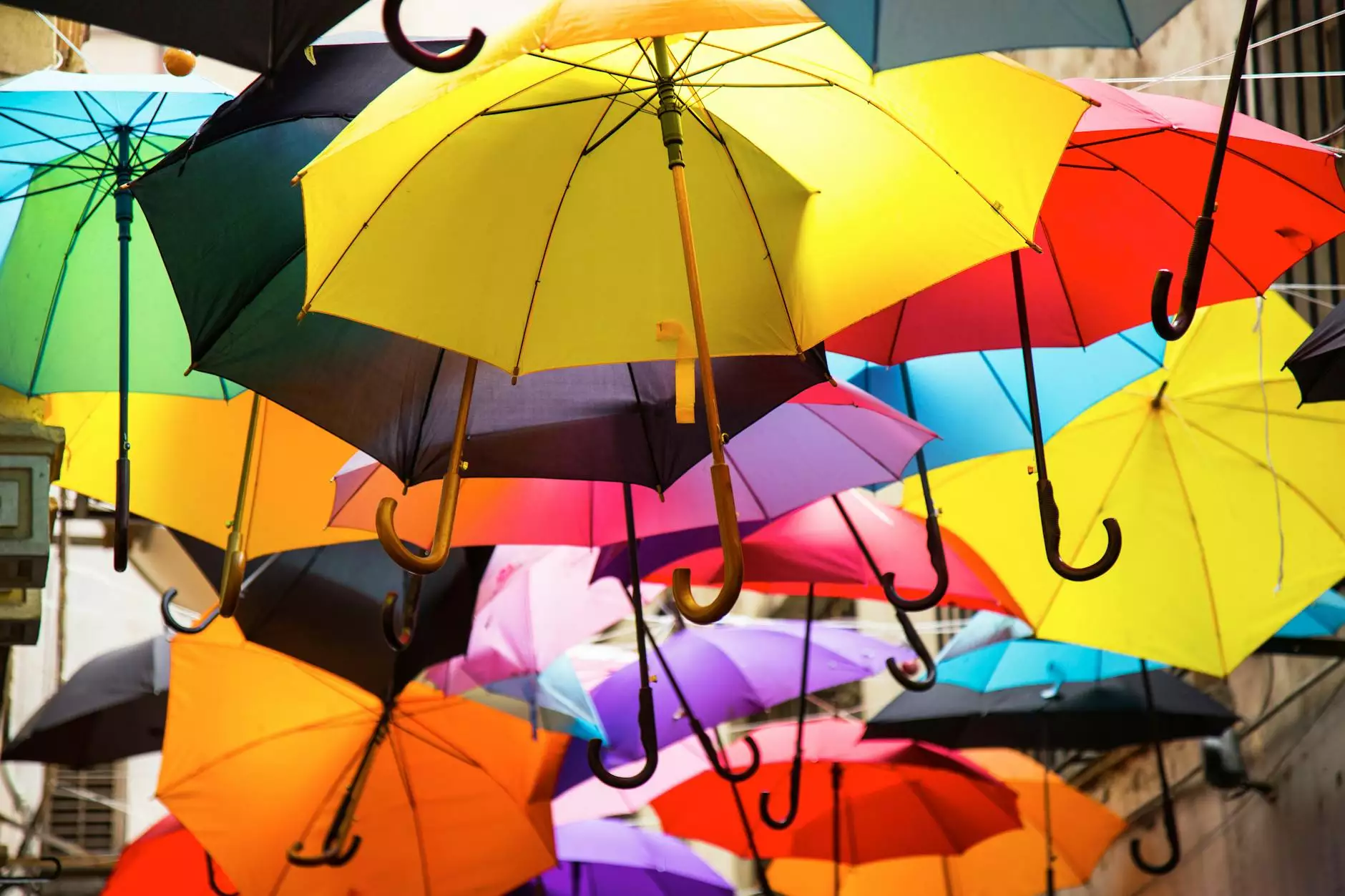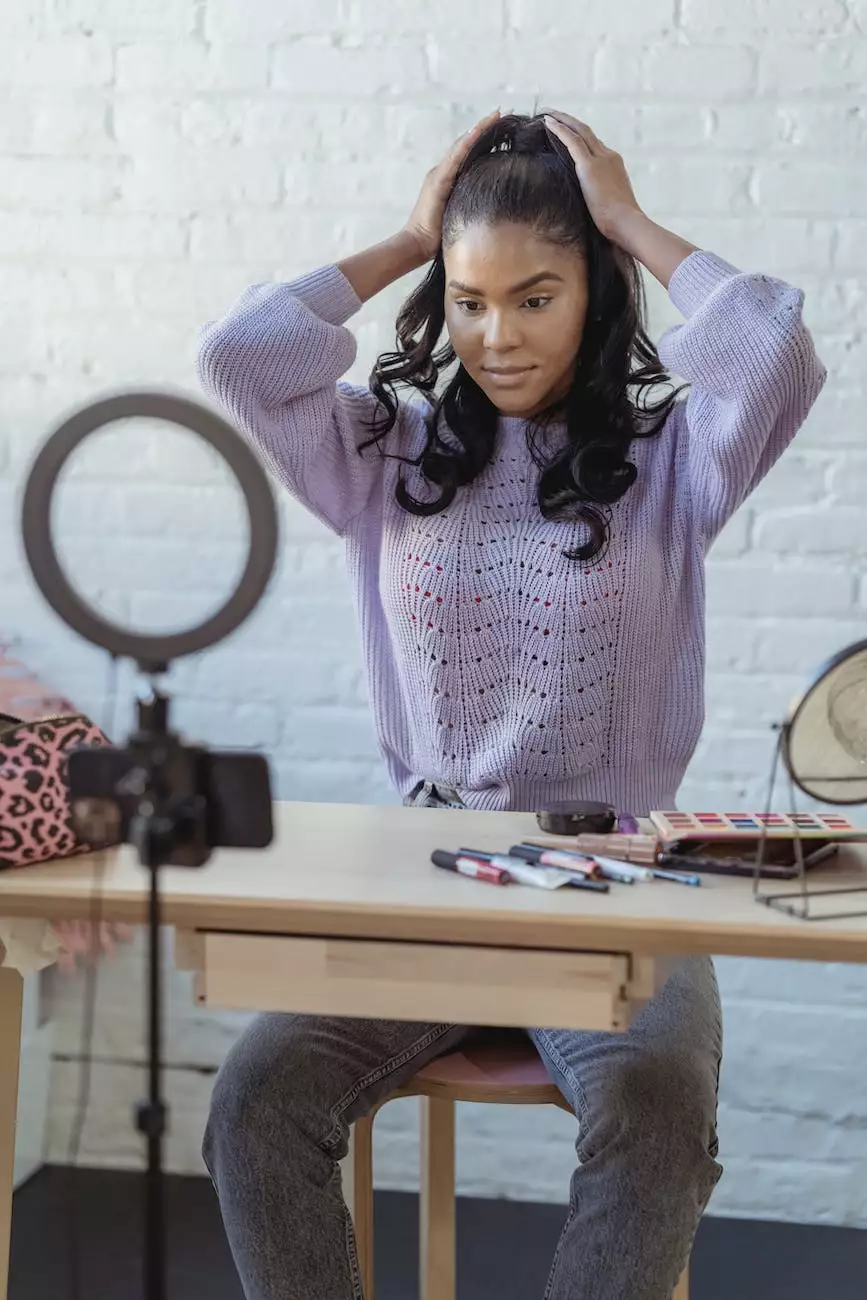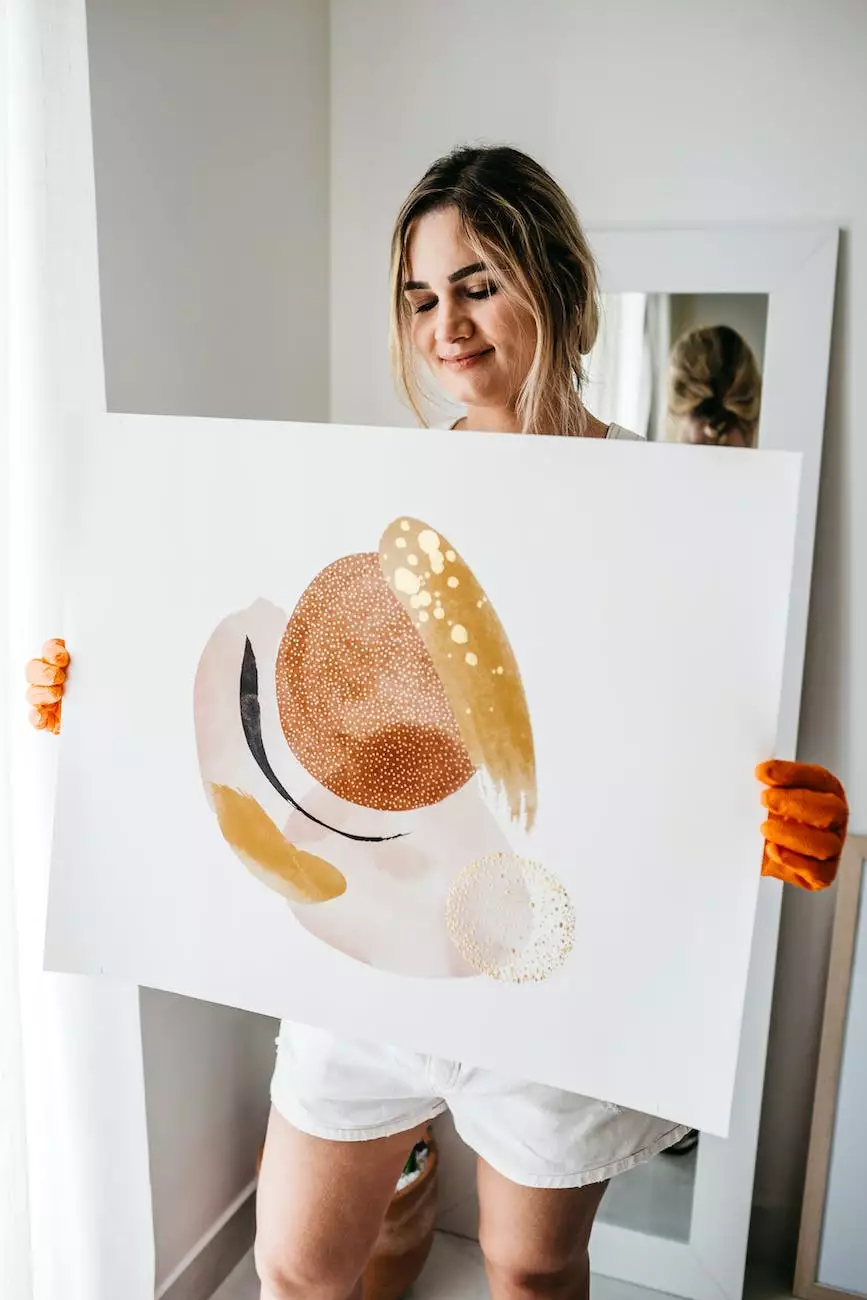Texture
Blog
Introduction
Welcome to Courtney Taylor's guide to exploring texture in visual arts and design. As a passionate artist and expert in the field, Courtney is here to provide you with comprehensive knowledge on various techniques and mediums that can help you create captivating textures in your artwork.
Understanding Texture
Texture plays a vital role in the visual arts and design world, adding depth, character, and a tactile quality to an artwork. It refers to the surface quality or feel of an object or artwork, either through its physical texture or visual representation.
Physical Texture
In visual arts, physical texture refers to the actual tactile qualities of a surface. It can be rough, smooth, bumpy, or even have a three-dimensional appearance. Artists often experiment with various materials like sand, fabric, or paper to achieve desired physical textures in their work.
Visual Texture
Visual texture, on the other hand, is the illusion of texture created through artistic techniques such as shading, cross-hatching, or brush strokes. This technique allows artists to convey texture without actual physical relief.
Various Techniques and Mediums for Creating Texture
1. Impasto Technique
The impasto technique involves applying thick layers of paint to the canvas, creating a raised texture. This technique is commonly seen in oil and acrylic paintings and adds a three-dimensional quality to the artwork, enhancing the visual and physical texture.
2. Collage and Mixed Media
Collage and mixed media art provide endless opportunities for texture exploration. By incorporating various materials such as paper, fabric, or found objects into your artwork, you can achieve unique textures and create intriguing visual compositions.
3. Printmaking Techniques
Printmaking techniques like engraving, etching, or relief printing can also introduce interesting textures into your artwork. These techniques involve creating engraved or raised surfaces on plates or blocks, which then transfer texture onto the final print.
4. Texture Mediums
Texture mediums are specially formulated materials that artists can add to their paints to create texture. These mediums can be mixed with paints to achieve various effects, such as creating crackled textures or adding granular surfaces to the artwork.
Exploring Texture in Different Art Forms
1. Sculpture
In sculpture, texture can be felt and experienced physically. Artists can carve, chisel, mold, or assemble different materials to create intricate and tactile surfaces. Sculptures can range from smooth and polished to rough and rugged, evoking different emotions and reactions from viewers.
2. Photography
Texture can also be captured and conveyed through photography. Photographers often play with lighting, focus, and composition to highlight the textures present in their subjects, whether it's the roughness of aged wood or the delicate details of a flower petal.
3. Textile Art
Textile art involves working with fabrics, thread, and various embellishments to create visually and physically tactile pieces. Artists can experiment with embroidery, quilting, weaving, or felting techniques to incorporate texture into their textile artworks.
Conclusion
Texture is a fascinating aspect of art that adds depth, complexity, and visual interest to any artwork. Courtney Taylor invites you to embrace texture in your creative journey, whether you're a professional artist or an enthusiastic beginner. Start experimenting with different techniques and mediums to discover the infinite possibilities of texture and express yourself through captivating and textured artwork.




